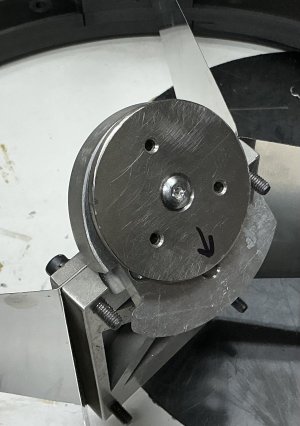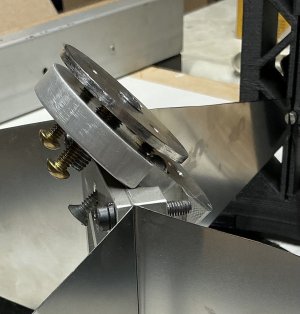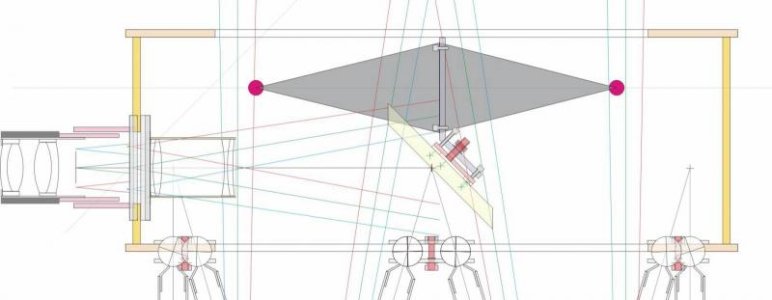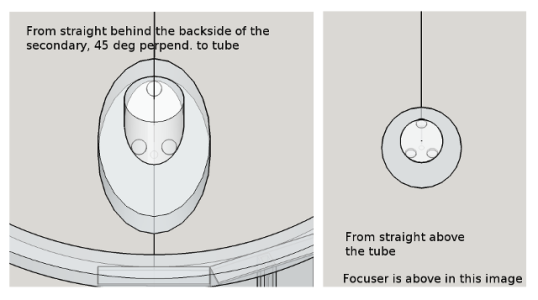-
Scam Alert. Members are reminded to NOT send money to buy anything. Don't buy things remote and have it shipped - go get it yourself, pay in person, and take your equipment with you. Scammers have burned people on this forum. Urgency, secrecy, excuses, selling for friend, newish members, FUD, are RED FLAGS. A video conference call is not adequate assurance. Face to face interactions are required. Please report suspicions to the forum admins. Stay Safe - anyone can get scammed.
You are using an out of date browser. It may not display this or other websites correctly.
You should upgrade or use an alternative browser.
You should upgrade or use an alternative browser.
Telescope secondary mirror support system
- Thread starter pdentrem
- Start date
Tom Kitta
Ultra Member

Kovar - Wikipedia
Composition makes it sound like rather expensive alloy.
skippyelwell
Ultra Member
Newtonian with an elliptical secondary mirror?
skippyelwell
Ultra Member
Nice, I use to be a telescope maker, a multi faceted occupation that demands you're fluent in math, engineering, design, aesthetics, electronics, geometry, ...
Would love see any other photos of your scope.
Would love see any other photos of your scope.
I always wanted to watch the stars... but somehow never got around to it. Except when I was a kid and when I was in college - took astronomy as elective - back when they did not have any extra terrestrial planets yet discovered.
Ironically, other than colour, and how friggin many there are, there really isn't much to see looking at stars. It's the globular clusters, the nebulas, the galaxies, and the many other deep sky objects that turn my crank.
Whenever the sky is black and the seeing is good, I always start with the Andromeda Galaxy. First with my naked eye, and then with binoculars. It loses a lot in a telescope because it is so huge.
Most people don't know it, but the Andromeda Galaxy actually spans as big a part of the sky as the full moon does. You just can't see that with your naked eye or binoculars. It's amazing to even think about it.....




